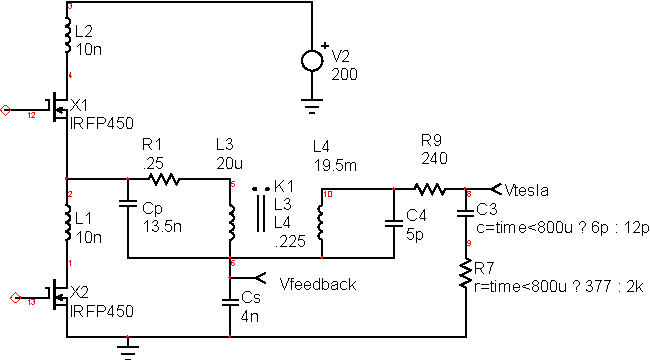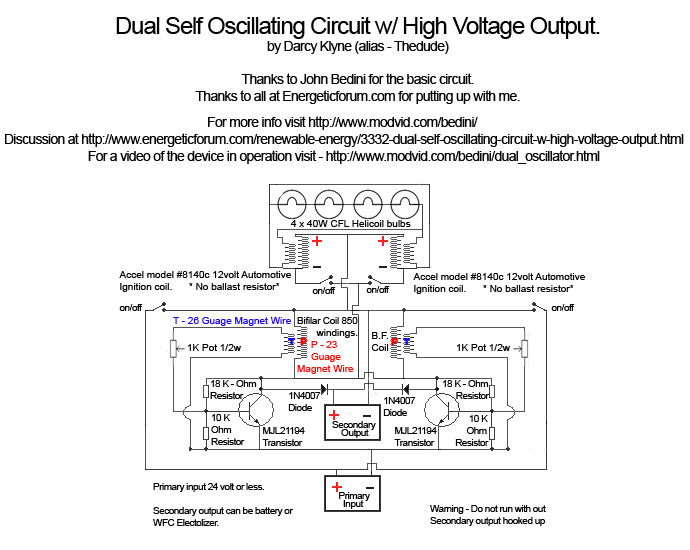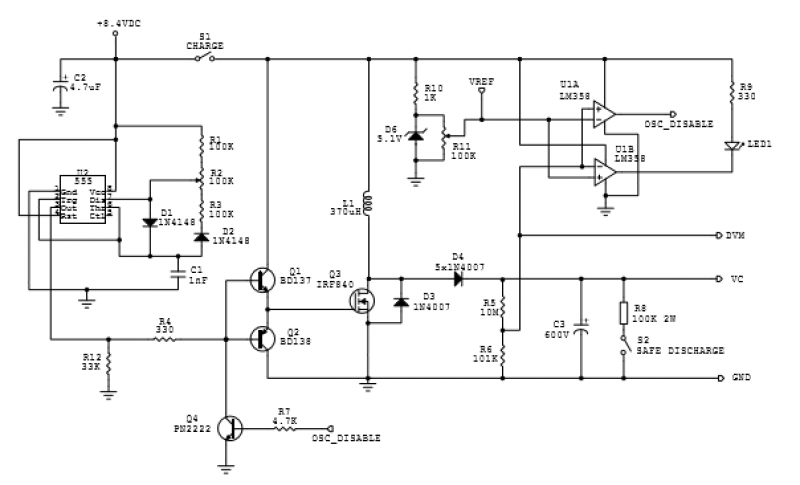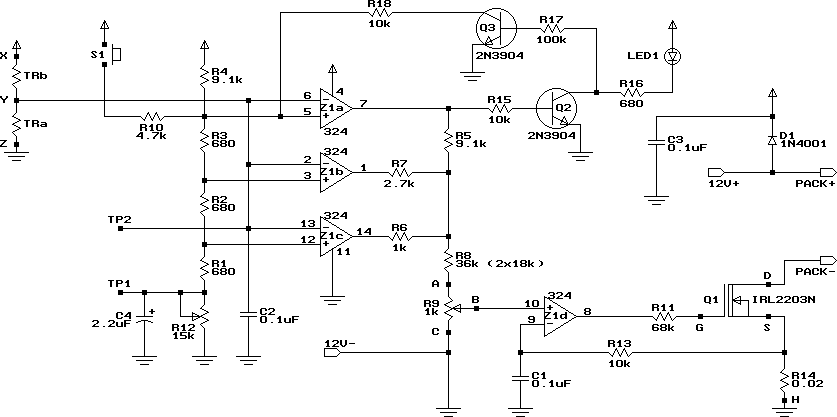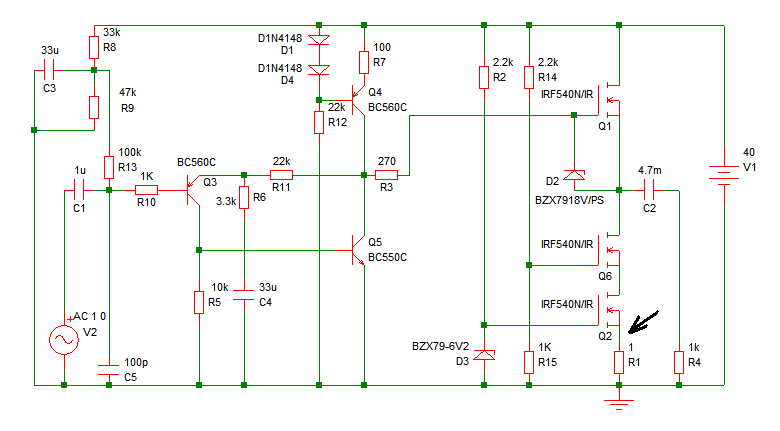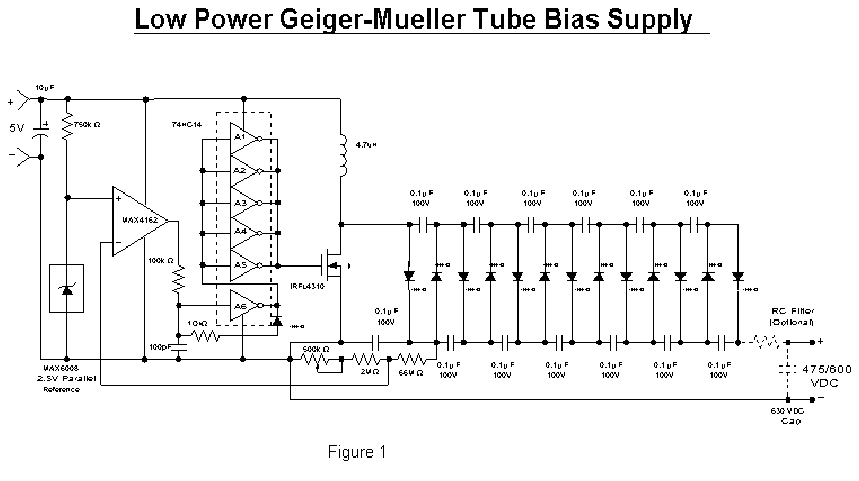
High Impedance Low Capacitance Buffer/Amplifier

These are circuits of high impedance low capacitance buffer and high impedance low capacitance amplifier. The first figure is a high impedance low capacitance.
High impedance low capacitance circuits are critical in various electronic applications, particularly in signal processing and sensor interfacing. The buffer circuit serves to isolate different stages of a system while maintaining signal integrity, allowing for minimal loading effects on the source. This configuration is particularly advantageous when interfacing with high-impedance sensors, where the input impedance of the buffer must be significantly higher than that of the sensor to prevent signal degradation.
A high impedance low capacitance amplifier functions similarly, amplifying weak signals without introducing significant capacitance that could distort the signal or reduce bandwidth. This type of amplifier is essential in applications such as audio processing, instrumentation, and data acquisition systems, where maintaining fidelity of the original signal is paramount.
The design of these circuits typically involves using operational amplifiers (op-amps) configured in a non-inverting mode to achieve the desired high input impedance. The use of feedback resistors can help control gain while ensuring that the output remains stable across a wide range of frequencies. Additionally, careful selection of components, including low capacitance resistors and high-quality capacitors, is crucial to maintain the performance specifications of the circuit.
Overall, high impedance low capacitance buffers and amplifiers are integral to modern electronic designs, enabling efficient signal transfer and processing in a variety of applications.These are circuits of high impedance low capacitance buffer and high impedance low capacitance? amplifier. First figure is a high impedance low capacitance. 🔗 External reference
High impedance low capacitance circuits are critical in various electronic applications, particularly in signal processing and sensor interfacing. The buffer circuit serves to isolate different stages of a system while maintaining signal integrity, allowing for minimal loading effects on the source. This configuration is particularly advantageous when interfacing with high-impedance sensors, where the input impedance of the buffer must be significantly higher than that of the sensor to prevent signal degradation.
A high impedance low capacitance amplifier functions similarly, amplifying weak signals without introducing significant capacitance that could distort the signal or reduce bandwidth. This type of amplifier is essential in applications such as audio processing, instrumentation, and data acquisition systems, where maintaining fidelity of the original signal is paramount.
The design of these circuits typically involves using operational amplifiers (op-amps) configured in a non-inverting mode to achieve the desired high input impedance. The use of feedback resistors can help control gain while ensuring that the output remains stable across a wide range of frequencies. Additionally, careful selection of components, including low capacitance resistors and high-quality capacitors, is crucial to maintain the performance specifications of the circuit.
Overall, high impedance low capacitance buffers and amplifiers are integral to modern electronic designs, enabling efficient signal transfer and processing in a variety of applications.These are circuits of high impedance low capacitance buffer and high impedance low capacitance? amplifier. First figure is a high impedance low capacitance. 🔗 External reference
